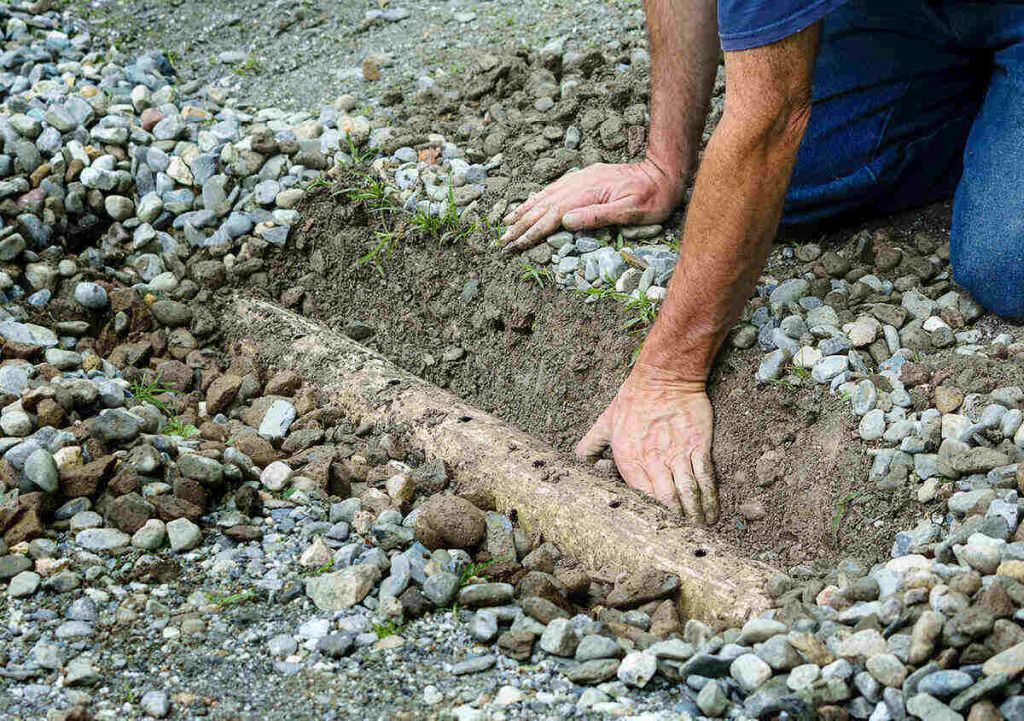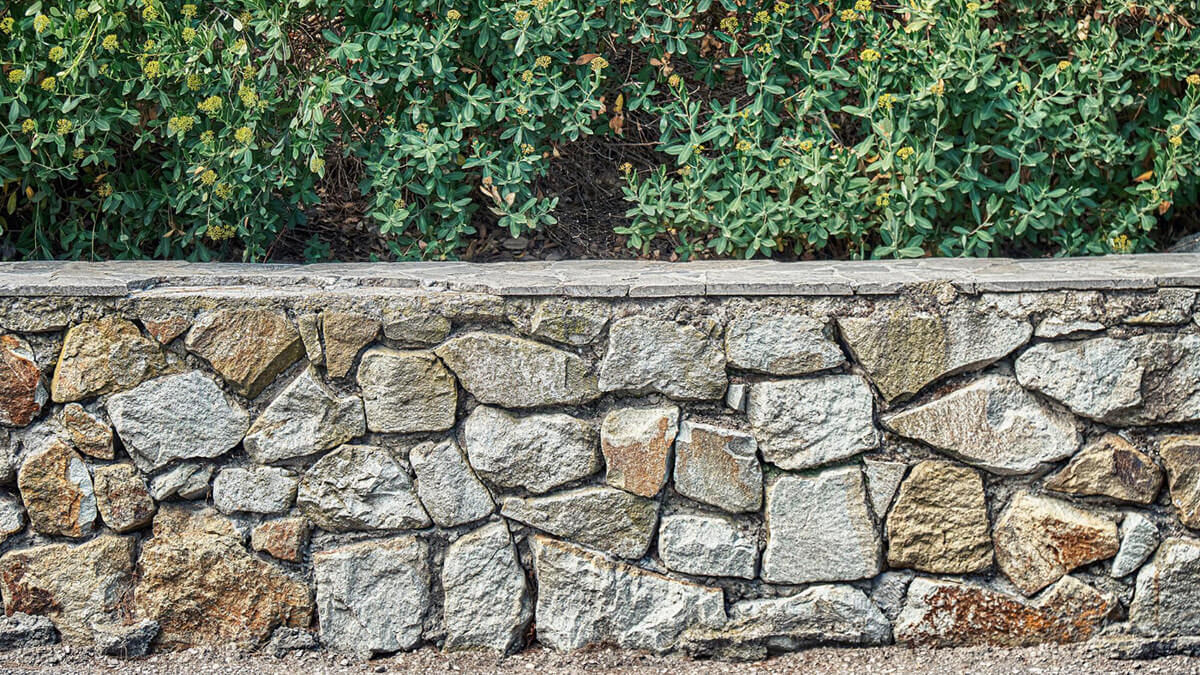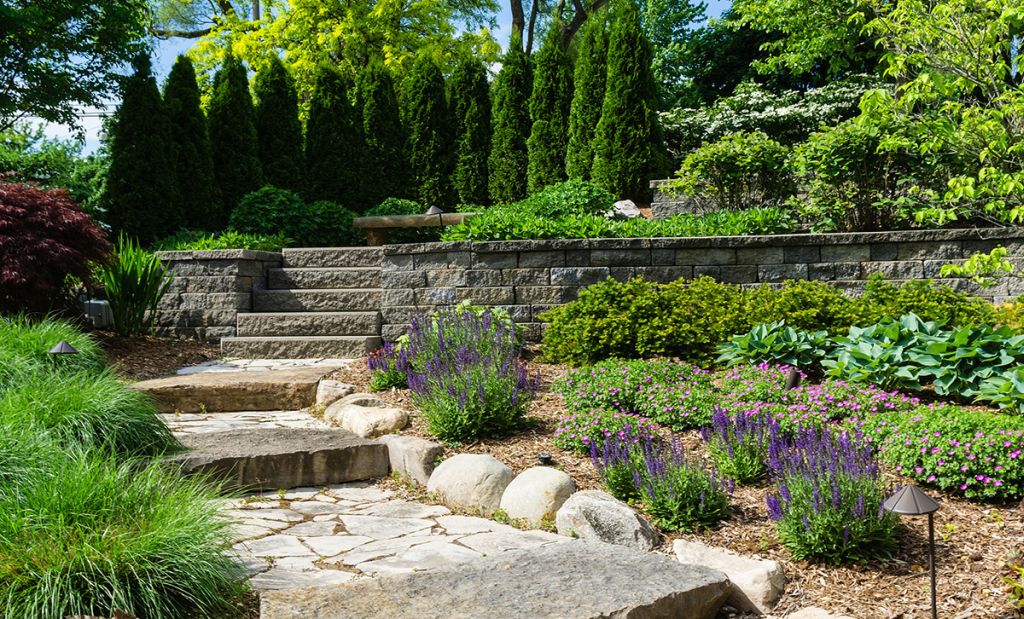Retaining walls are more than just an aesthetic feature in landscaping. They serve a critical purpose in protecting your property from soil erosion and water damage. These sturdy structures can be the difference between a well-maintained garden or yard and a landscape riddled with costly problems. Whether you’re a homeowner looking to protect your investment, a gardener trying to cultivate healthy plants, or a landscaper managing multiple properties, understanding the role of retaining walls could save you headaches down the line.
This blog will explore how retaining walls help manage soil erosion and water damage. We’ll discuss why these issues occur, how retaining walls function as a solution, and what specific scenarios call for their installation. Finally, we’ll cover materials and design tips for creating effective retaining walls on your property.
Why Soil Erosion and Water Damage Are a Problem
Before jumping into solutions, it’s essential to understand why soil erosion and water damage happen and the impact they can have on your property.
Understanding Soil Erosion
Soil erosion occurs when natural forces like wind and water dislodge soil particles, removing valuable topsoil. This issue is especially problematic in sloped landscapes or areas with heavy rainfall. Over time, erosion can destabilize your property, harm plant life, and even create safety hazards such as landslides.
The Issue of Water Damage
Water damage goes hand-in-hand with soil erosion in many cases. When rainwater travels downhill without proper containment, it can erode soil and infiltrate structures like foundations, basements, and patios. Poor drainage exacerbates this problem, leading to standing water, cracks in concrete, and potentially costly repairs.
Altogether, these forces impact the usability, safety, and aesthetic appeal of your outdoor space and even your home.
What Makes Retaining Walls Effective?
Retaining walls serve as both a functional safeguard and a visually appealing addition to your yard or garden. Here’s how they work to combat erosion and water-related damage.
-
Structural Support to Prevent Erosion
Retaining walls halt soil movement by acting as a sturdy barrier. Gravity attempts to pull soil on slopes downhill, but a retaining wall absorbs or redirects this force. The wall essentially segments your land into terraced levels, creating flat, stable areas where soil remains secure.
-
Improved Drainage Control
Many retaining walls incorporate drainage systems, such as perforated pipes or drainage holes, to channel rainwater away from the soil. By redirecting water flow, they prevent pooling and mitigate the erosion risks caused by uncontrolled runoff.
-
Root Zone Protection for Plants
For gardeners, a retaining wall provides more than just soil stability; it safeguards the delicate root zones of plants and trees. With proper installation, you can maintain nutrient-rich soil levels and foster healthier vegetation.
-
Enhanced Property Protection
By controlling soil and water flow, retaining walls reduce risks to foundations, patios, walkways, and other hardscaped areas. Additionally, they minimize the likelihood of flooding or landslides during extreme weather events.

When Do You Need a Retaining Wall?
Not every property benefits from a retaining wall, but certain signs indicate that one might be necessary.
Sloped Terrain
If your property has steep slopes, soil movement is inevitable unless addressed. A retaining wall can help create usable flat areas while protecting soil integrity.
Signs of Erosion
Noticing gullies in your yard or patches of exposed roots? These are indicators that soil erosion is actively occurring. A retaining wall can halt this disturbing trend in its tracks.
Water Runoff Issues
If you frequently experience standing water or notice water running in unwanted areas after heavy rainfall, it might be time to consider a retaining wall with integrated drainage solutions.
Foundation Vulnerability
When erosion affects areas near your home’s foundation, structural damage could soon follow. Retaining walls buffer soil movement and add an essential layer of protection.
Choosing Materials for Your Retaining Wall
The effectiveness of your retaining wall depends heavily on the materials used. Here are popular options to consider:
Concrete Blocks
Durable and versatile, concrete blocks are one of the most common materials. They are particularly useful for large walls and allow for creative designs due to their modular nature.
Stone
Natural stone offers a timeless aesthetic and blends seamlessly with gardens and landscapes. While beautiful, they tend to be more expensive than other options.
Timber
Timber retaining walls are an affordable option and work well for smaller areas. However, they may not last as long as concrete or stone due to their susceptibility to moisture and decay.
Gabion Walls
These consist of wire mesh filled with rocks and are an eco-friendly choice known for extreme durability. They’re ideal for managing large-scale erosion on slopes.
Designing a Functional Retaining Wall
Once you’ve decided to install a retaining wall, proper design is critical to ensuring its success. Here are some guidelines for creating an effective structure.
Proper Height and Placement
Keep your wall height proportional to the slope and soil stability requirements. Consulting with a professional landscaper or engineer is highly recommended for taller walls.
Adequate Drainage
No matter the material, drainage is key. Installing drainage pipes or weep holes will prevent water buildup, which can lead to hydrostatic pressure and cracks.
Tiers for Large Slopes
For steep hills, consider building multiple shorter walls in a staircase-like pattern. This design reduces pressure, increases effectiveness, and adds visual interest.
Permits and Local Codes
Check your local government’s requirements for retaining walls. Some municipalities mandate engineering approval for walls exceeding a certain height.
Aesthetic Considerations
Blending your retaining wall with existing landscaping elements is essential. Consider materials, colors, and plantings that complement your outdoor space.
Long-Term Benefits of Retaining Walls
Installing a retaining wall is more than a one-time investment in your landscaping. The long-term advantages make it a practical solution for both residential and commercial properties.
Enhanced Property Value
Well-designed retaining walls offer aesthetic appeal and improved functionality, which in turn can increase property values.
Reduced Maintenance
With proper installation, retaining walls drastically cut down on yard maintenance by stabilizing soil and controlling water flow effectively.
Environmental Benefits
Reducing erosion not only protects your property but also prevents nutrient-rich soil from washing into local water systems, helping to minimize environmental impact.

Protect Your Property with Retaining Walls
Retaining walls are an essential tool for preventing soil erosion and water damage while enhancing your landscape’s usability and beauty. Whether you’re dealing with sloped terrain, erosion hotspots, or drainage problems, these versatile structures offer a practical and visually appealing solution.
If you’re ready to protect your property and elevate your outdoor space, don’t wait. Begin planning your retaining wall today and consider consulting with a professional landscaper to ensure lasting results.

